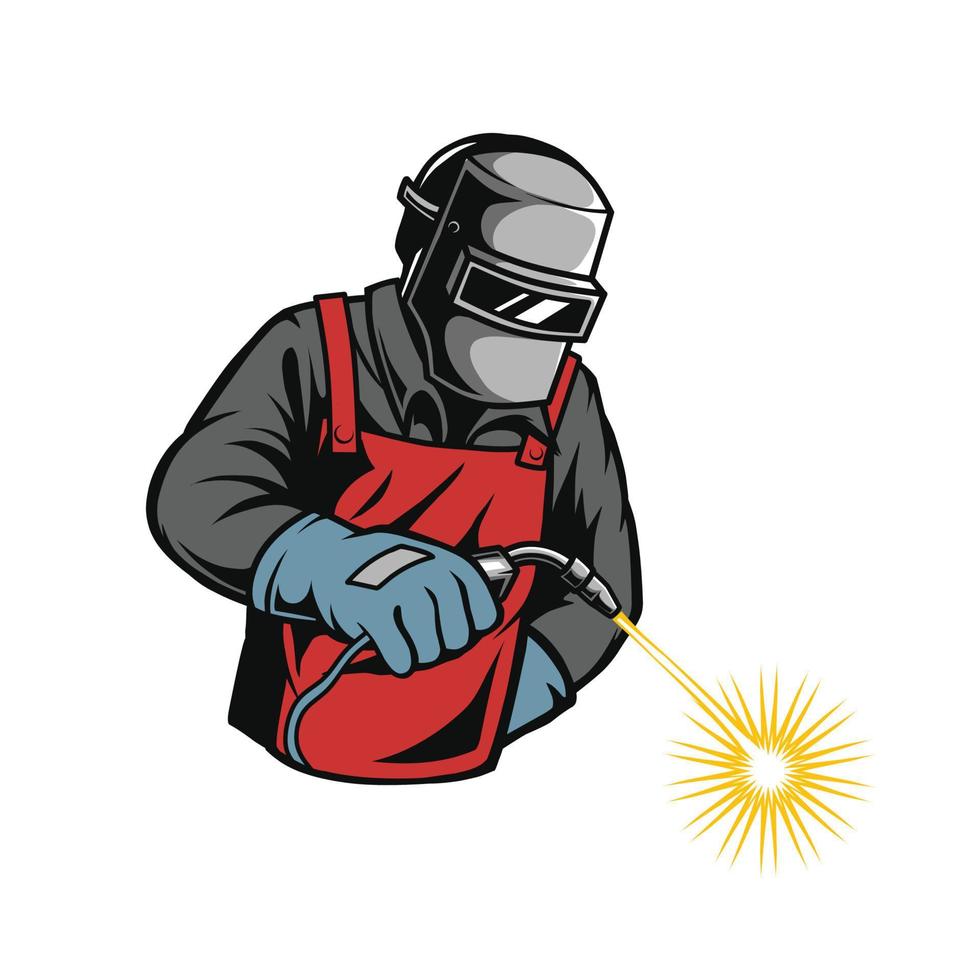The Ultimate Guide to Welding WPS Procedures: A Comprehensive Introduction for Welders
In the detailed world of welding, Welding Procedure Specs (WPS) function as the backbone of making certain quality, consistency, and security in welding procedures. Understanding the nuances of developing, executing, and keeping track of WPS procedures is necessary for welders aiming to elevate their craft and fulfill sector requirements. As we explore the numerous elements of a WPS and explore the complexities of certification and accreditation, we will certainly discover the vital role these procedures play in the realm of welding. Let's get started on a journey to unravel the intricacies and significance of WPS treatments in welding practices.
Value of WPS Procedures
Comprehending the relevance of Welding Treatment Specs (WPS) procedures is important for making certain the top quality and stability of bonded structures. WPS treatments work as a roadmap for welders, laying out the needed steps, parameters, and products called for to achieve an audio weld. By adhering to WPS guidelines, welders can make certain uniformity in their work, bring about structurally sound and trusted welds.
One of the main factors why WPS procedures are crucial is their role in preserving weld top quality and honesty. Following the specified welding parameters and methods laid out in the WPS helps avoid flaws such as porosity, fracturing, or insufficient fusion, which can endanger the toughness and durability of the weld.

Parts of a WPS
A Welding Procedure Requirements (WPS) usually makes up important components that information the certain requirements for implementing a weld, guaranteeing uniformity and top quality in the welding procedure. The vital parts of a WPS consist of important variables such as base steels, filler metals, preheat and interpass temperatures, welding processes, securing gases, welding placements, and post-weld warmth therapy demands.
Base metals refer to the products being joined, while filler metals are made use of to fill up the space between the base steels throughout welding. The welding procedure describes the specific strategy to be used, whether it's gas metal arc welding (GMAW), secured steel arc welding (SMAW), or one more technique. Welding placements define the positionings in which welding can be done.

Credentials and Qualification
Having actually developed the necessary components of a Welding Treatment Requirements (WPS), the focus now shifts towards the important elements of qualification and accreditation in welding methods.

Certification, find out here on the other hand, is the official acknowledgment of a welder's certifications by a pertinent accreditation body or company. Welding certifications are normally based upon the specific welding procedures, materials, and positions a welder is certified to deal with. Holding a valid welding accreditation demonstrates that a welder meets sector requirements and is competent to perform welding jobs to the required requirements.
Developing a WPS
To create a Welding Treatment Specification (WPS) that satisfies market requirements, cautious factor to consider of welding processes, materials, and operational specifications is necessary. The initial step in creating a WPS is to determine the welding process to be utilized, such as gas metal arc view welding (GMAW) or protected metal arc welding (SMAW)

Carrying Out and Monitoring WPS
Upon wrapping up the extensive Welding Treatment Specification (WPS) that carefully information welding procedures, materials, operational criteria, and quality control steps, the emphasis shifts to efficiently executing and keeping an eye on the well established treatments. Execution includes guaranteeing that all welders involved in the job know with the WPS and follow it carefully throughout the welding process. This requires providing adequate training and guidance to guarantee adherence to the specified treatments. Checking the WPS entails continuous oversight to validate that welding tasks line up with the recorded specifications. Examinations, testing, and quality control procedures are necessary parts of the surveillance procedure to identify any type of issues or deviations immediately. Regular audits and testimonials of the welding procedures assist in maintaining consistency and top quality throughout the job. Reliable implementation and tracking of the WPS are crucial for guaranteeing the honesty, stamina, and safety of the welded joints, ultimately contributing click here to find out more to the general success of the welding job.
Conclusion
Finally, understanding and adhering to Welding Treatment Requirements (WPS) is critical for welders to ensure high quality, consistency, and security in their work. By recognizing the elements of a WPS, getting proper qualifications and qualifications, developing comprehensive procedures, and carrying out and monitoring them efficiently, welders can boost their abilities and efficiency in welding techniques. Abiding by WPS treatments is crucial for creating top notch welds and meeting industry criteria.
In the detailed world of welding, Welding Procedure Specifications (WPS) offer as the foundation of guaranteeing high quality, uniformity, and safety and security in welding operations. The welding process details the certain method to be used, whether it's gas steel arc welding (GMAW), protected metal arc welding (SMAW), or an additional method.To establish a Welding Treatment Requirements (WPS) that fulfills industry standards, careful factor to consider of welding processes, products, and functional parameters is vital. The initial action in producing a WPS is to determine the welding process to be made use of, such as gas steel arc welding (GMAW) or protected steel arc welding (SMAW)Upon settling the detailed Welding Procedure Requirements (WPS) that diligently information welding procedures, products, functional parameters, and quality assurance measures, the emphasis moves to properly applying and keeping an eye on the established treatments.